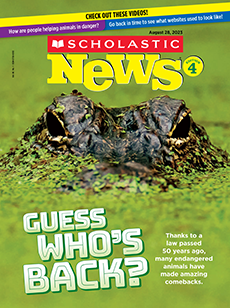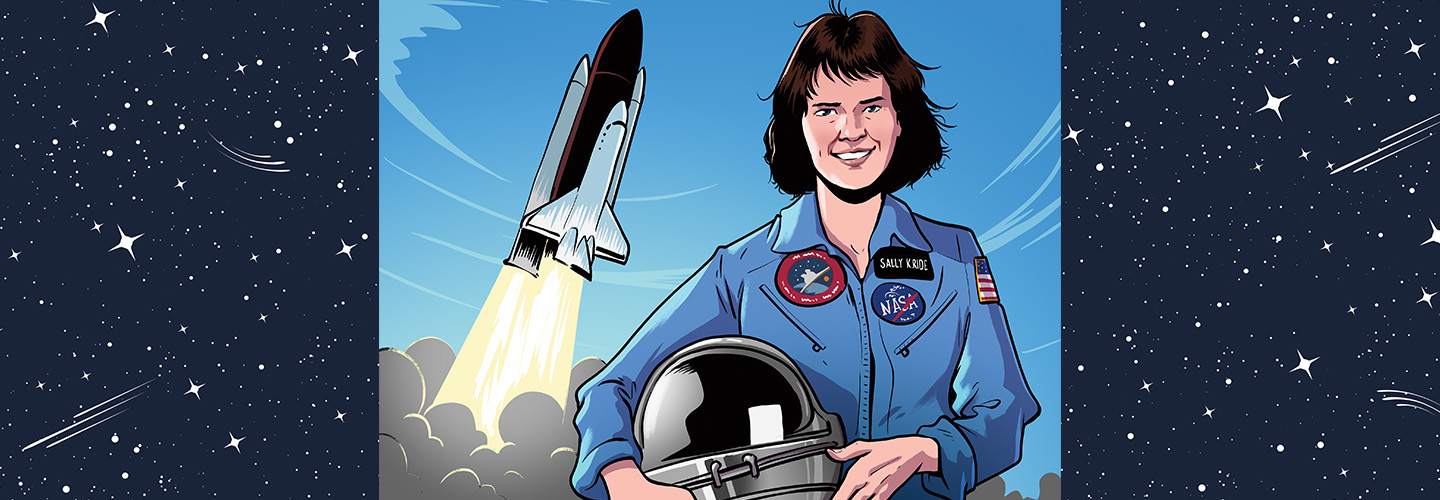On May 5, 1961, Alan Shepard became the first American to travel to space. Dozens of other U.S. astronauts rocketed beyond Earth over the next two decades. All of them were men. Then on June 18, 1983, Sally Ride broke that barrier. She blasted into history aboard the space shuttle Challenger. Ride led the way for other women to reach the stars.
“For many girls, seeing her fly into space was inspirational because they hadn’t thought about that as a career,” says Jennifer Ross-Nazzal. She’s a historian at NASA, the U.S. space agency.

